Totally robotic esophagectomy in a series of 162 patients
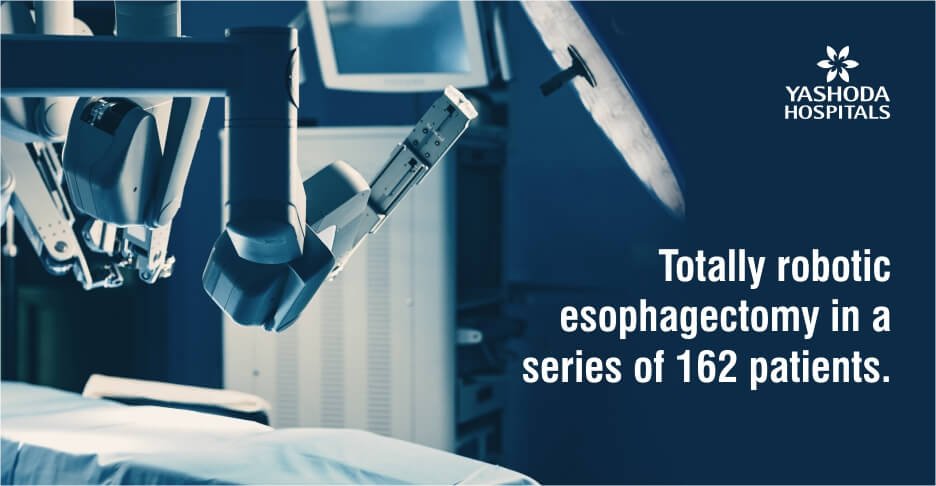
Background:
The high morbidity and mortality after the conventional esophagectomy led to the need for innovation in the field of minimal access esophagectomy, initially thoracoscopy, and now is the era of robotics. We present the results of totally robotic esophagectomy in a series of 162 patients.
Treatment:
162 patients underwent totally robotic esophagectomy for carcinoma esophagus in a single institute for a period of 4 years from January 2013 to January 2016.
In our study, overall operating time (292.4 min) was very less when compared to others like Park SY et al. [6] study. The seven degrees of dexterity of the robotic arm improves access to the inaccessible sites and increased lymph nodal harvestment, thus improving oncological clearance. Tremor-free mobility added an edge for fine dissection and precision in marginal clearance, thereby reducing the overall operating time. We have harvested the paraesophageal, subcarinal, mediastinal, and bilateral recurrent laryngeal lymph nodes by accessing them through the aortopulmonary window. The patients showed a reduced incidence of recurrent laryngeal nerve injury and increased lymph nodal yield by the robotic approach when compared to other minimally invasive approaches.
Conclusion:
Robotic esophagectomy clearly shows an advantage in the aspects of accessibility and higher yield of lymph nodal clearance apart from reduced morbidity and mortality.




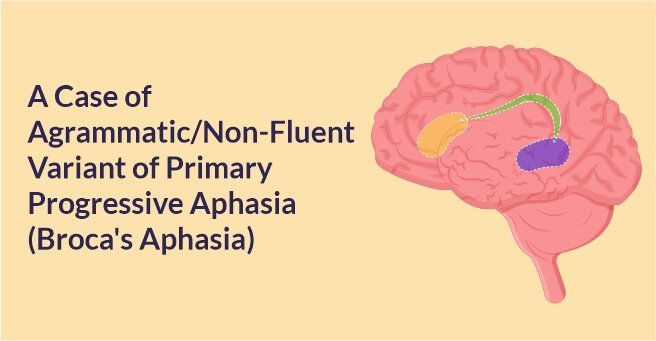

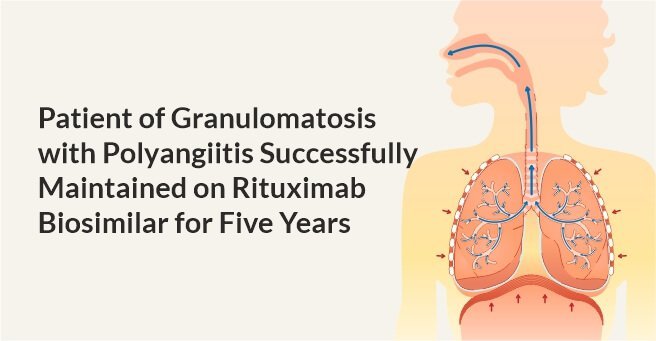
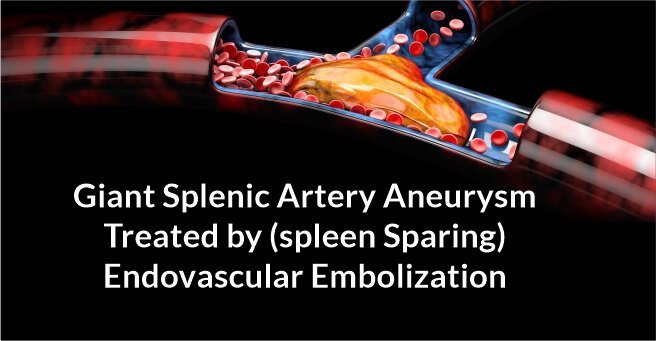
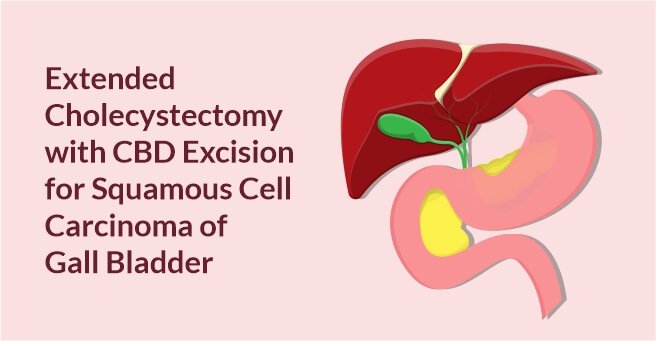
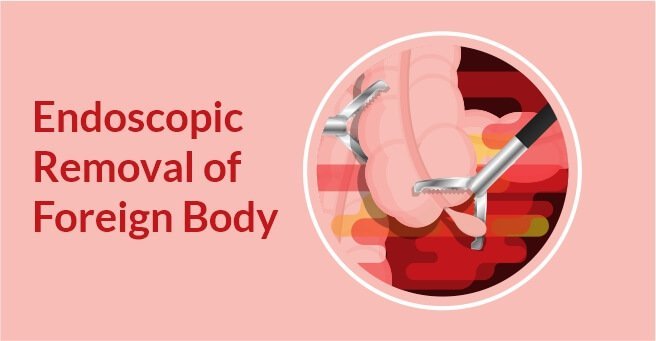
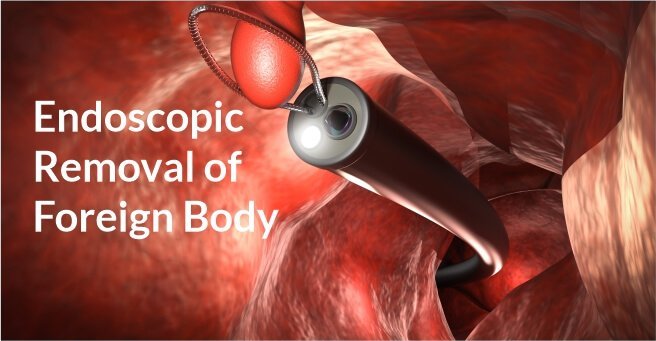
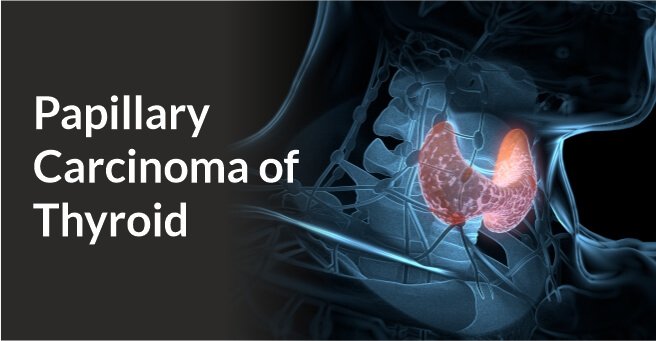

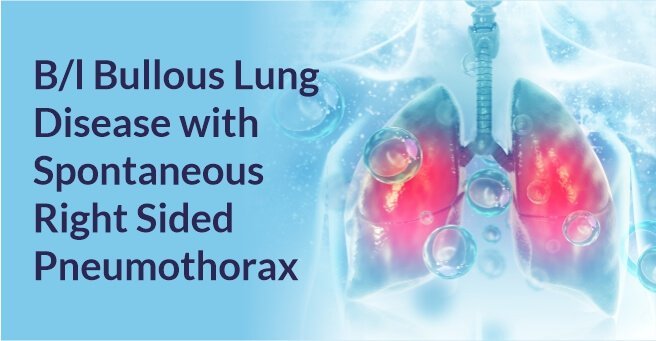
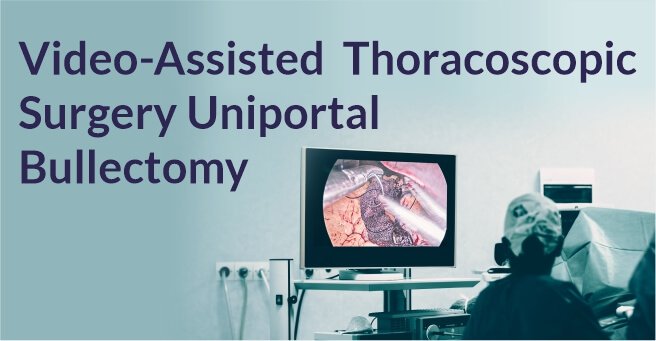



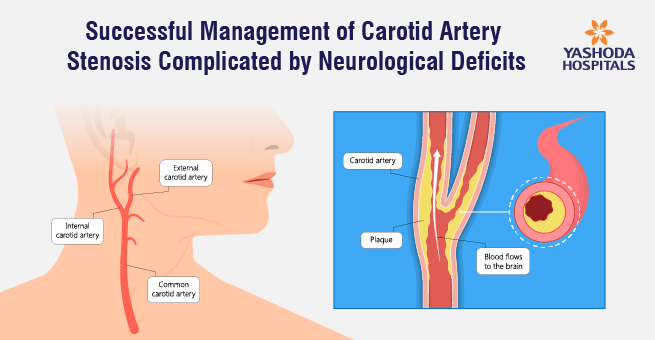


 Appointment
Appointment WhatsApp
WhatsApp Call
Call More
More